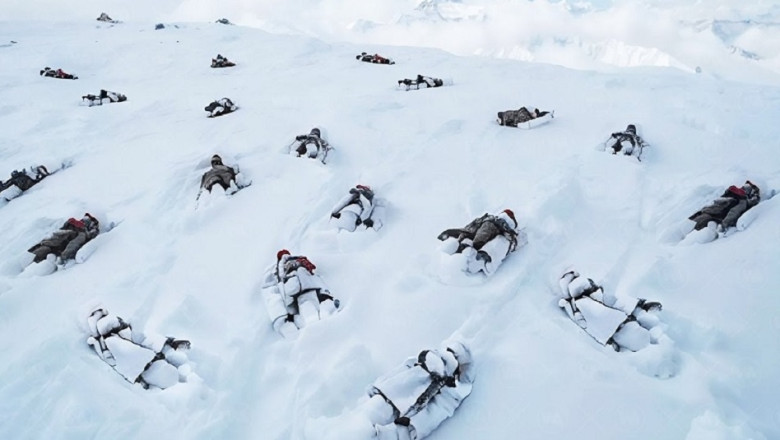
This Is Why the World Ignores the Failure on Everest
The Green Boots Legend
For nearly twenty years, climbers on Everest have passed an unsettling sight: a frozen body known as Green Boots. Once a vibrant climber, this anonymous ascent enthusiast met an untimely end during a 1996 blizzard. His lifeless form has transformed into a macabre landmark, serving as a haunting reminder of nature’s perils. Each climber must confront this somber beacon, a symbol of risk and ambition intertwined. As they approach the summit, the legacy of Green Boots looms, forcing them to reflect on mortality amid their quest for glory. The peak, while alluring, hides deadly truths beneath its majestic façade.

Every year, hopeful climbers engage in a silent dance with fate, keen to conquer the world’s highest peak yet oblivious to what awaits. The body’s presence evokes mixed emotions—fear, awe, and an unsettling respect for the mountain’s power. The thrill of achievement is always shadowed by the chilling reminder: Everest claims lives, and many encounter the abyss while trying to ascend.
A Woman’s Frozen Fate
Among the known bodies on Everest, Hannelore Schmatz’s story stands out. The fourth woman to summit the peak, she became a casualty of the mountain’s unforgiving nature. While descending from her triumph, she simply asked for water before succumbing to the altitude's grip. Her body, frozen in a sitting position, gazes blankly into the abyss, hair swept by the ever-present winds. Hannelore’s tale is one of ambition twisted into tragedy—a testament to human fragility against nature’s might.
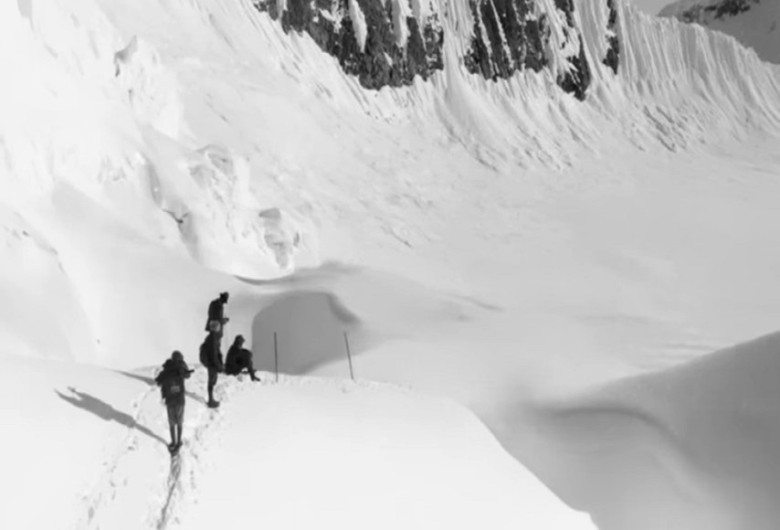
Over the years, her remains became both an eerie sight and a sobering reminder for climbers. Those who ascend through the South Route find themselves confronted by her enduring form. Her presence resonates deeply; it ignites fears while simultaneously elevating her to a symbol of determination. She embodies the hopes and dreams of countless climbers, yet her stillness signifies the stark reality of Everest's toll on its most tenacious explorers. Hannelore’s tragic end reminds all who seek the summit of the risks they undertake.
The Cost of Ambition
The allure of Everest is undeniable, yet the mountain's beauty masks a brutal truth: ambition comes at a heavy price. Over three hundred climbers have lost their lives in pursuit of greatness, their bodies remaining as silent witnesses to the folly of unchecked aspiration. Each year, determined adventurers brave the journey, enticed by stories of glory while dismissing the fate of the fallen. The stark statistics reveal a chilling reality—those who conquer the heights may pay the ultimate price.
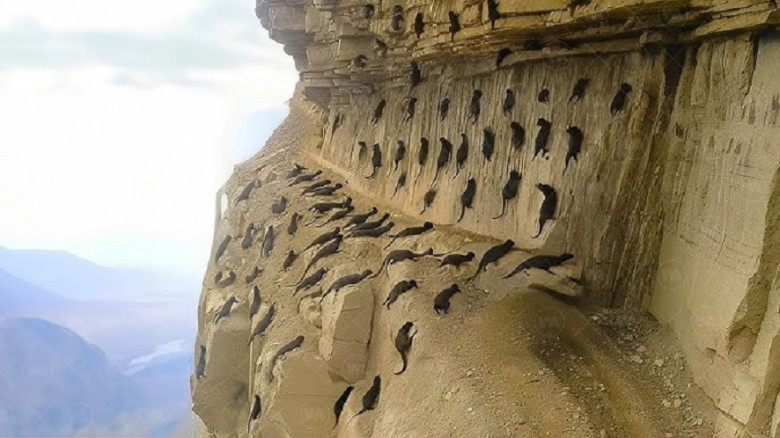
Climbers face many threats: avalanches, falls, and altitude sickness loom large. As they reach the Death Zone, the dangers multiply, forcing their minds to grapple with an existential dilemma. With every step taken higher, visibility of success is overshadowed by the specter of death. This duality of aspiration and fear fuels an ongoing cycle, leaving climbers entangled in a web of ambition and mortality. Yet, despite knowing the risks, they ascend, driven by an insatiable thirst for achievement.
Confronting the Inevitable
Every climber standing before Everest knows the challenges they will encounter. It’s a place where ambition wrestles with despair—a reality ignited by chilling stories of those who perished during their ascent. Yet fear intertwines with excitement, illuminating the paradox of mountain climbing. The thrill of conquering the world’s highest peak ignites passion while the shadows of fallen climbers speak of danger.
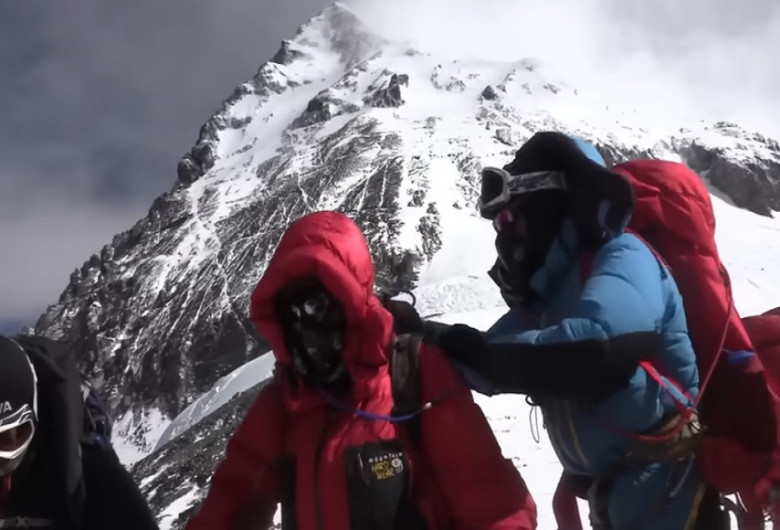
As they climb, thoughts of mortality linger in their minds. Will they join the ranks of Green Boots or Hannelore? This question haunts every ascender as they forge ahead, caught between exhilaration and dread. The peaks may be shimmering with promise, but they are stained with loss. Despite the looming risks, climbers are drawn to the challenge. The desire to conquer Everest overrides the fear of failure, creating a shared relentless pursuit of passion and legacy amid a landscape littered with forgotten dreams.
Burden of Choices
The choice to climb Everest is deeply personal, yet one that bears a collective weight. Each climber carries not only their aspirations but the stories of lives once lived—souls who sought the same summit, now encased in the unforgiving embrace of ice and snow. Each step toward the peak becomes a negotiation between aspiration and consequence, intertwining destinies with the enduring spirits that linger in the abyss.
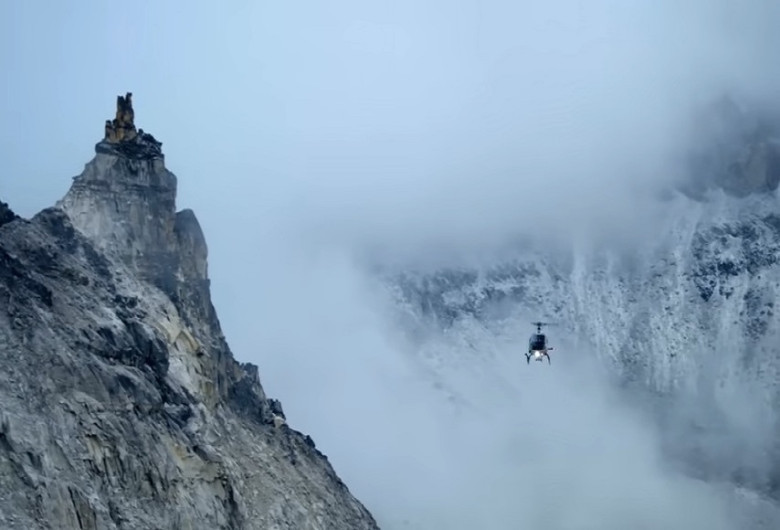
Individual ambition fuels a train of climbers, yet the costs remain high. Some seek closure or remembrance, while others wish solely for achievement. The personal motivations are vast, but the shared knowledge of past casualties lends an air of somber reflection. In their quest for glory, they tread upon the ghostly remnants of dreams extinguished. Formation hotspots represent not just the triumph of the human spirit; they simultaneously remain stark suggestions of vulnerability and mortality, challenging every climber’s convictions.
The Price of Recovery
Retrieving bodies from Everest poses complex challenges that extend beyond mere logistical nightmares; it is an emotional and financial burden that weighs heavily on families left behind. Often, the high altitudes bury souls under tons of snow, rendering them unreachable. The cost of recovery underscores a heartbreaking reality—many families can’t bear that price. Bringing down a body requires an army of trained professionals, specialized equipment, and unfathomable resources.
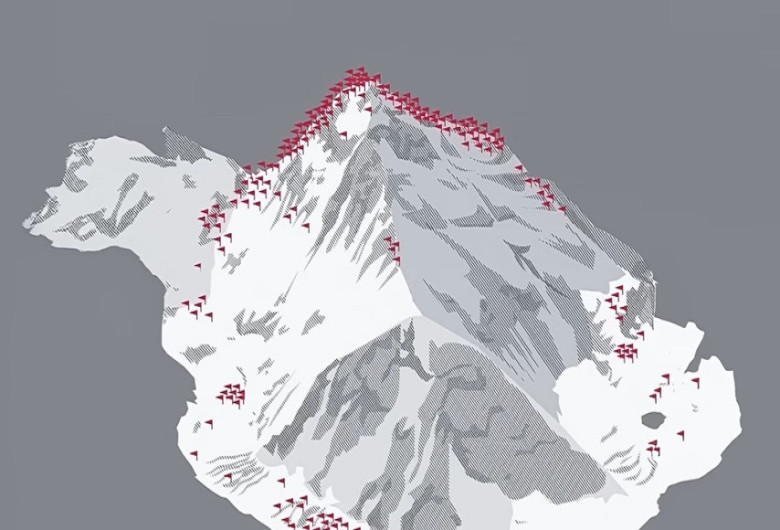
Some organizations exist to help recover the deceased, yet costs rise swiftly—upwards of $80,000. This painful truth intensifies the grief for loved ones, often leaving them in a state of helplessness. Tethered to their choices, families confront the reality that their loved ones may remain forever bound to the mountain. This anguish mutually binds sympathies of climbing communities and echoes the core of human fragility. A summit achieved can mean a descent into heartbreak for others left behind.
The Harsh Terrain
Beyond the numbers of lost lives lies the harsh reality that bodies may never be retrieved. In the Death Zone, each breath becomes an arduous endeavor; a lofty elevation where oxygen is a luxury and survival is a daunting challenge. Above 26,000 feet, a chilling truth emerges—climbers are left with a grasp on their dreams while the mountain wields power over their bodies and souls.
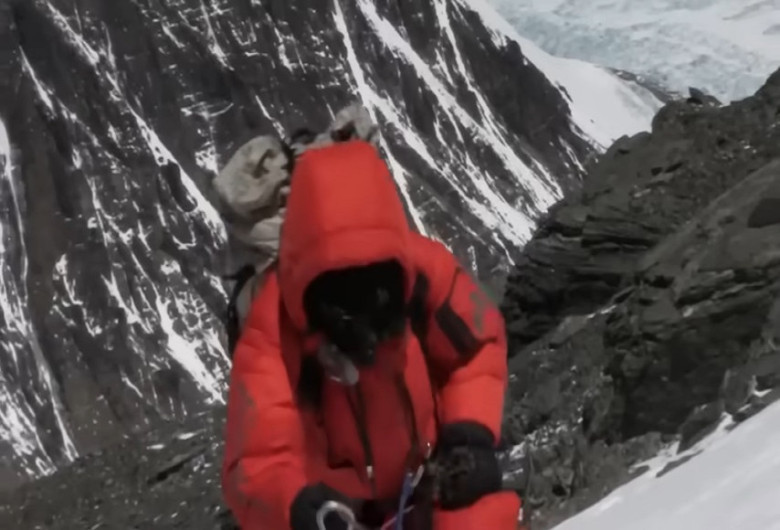
Conditions worsen as crevasses swallow the unwary, and avalanches initiate chaos without warning. Choices lay before climbers: ascend despite the dangers or abandon their dreams. Each decision dances dangerously close to a precipice—both literal and metaphorical. For every climber who perseveres, the risk amplifies. Yet, the call to adventure remains insatiable; drawn by both ambition and the haunting shadows of those who came before.
The Siren Call of Everest
What compels so many to seek Everest? Is it the thrill of adventure or the allure of conquering the peak? Underneath the majestic facade of snow and rock lies a siren’s call that promises glory but harbors danger. The mountain offers climbers a taste of immortality through fleeting experiences of triumph, but at a steep cost—often measured in lives lost. With each ascent, climbers hope to etch their names into the legacy of Everest, unaware they risk joining those already enshrined within its icy grasp.
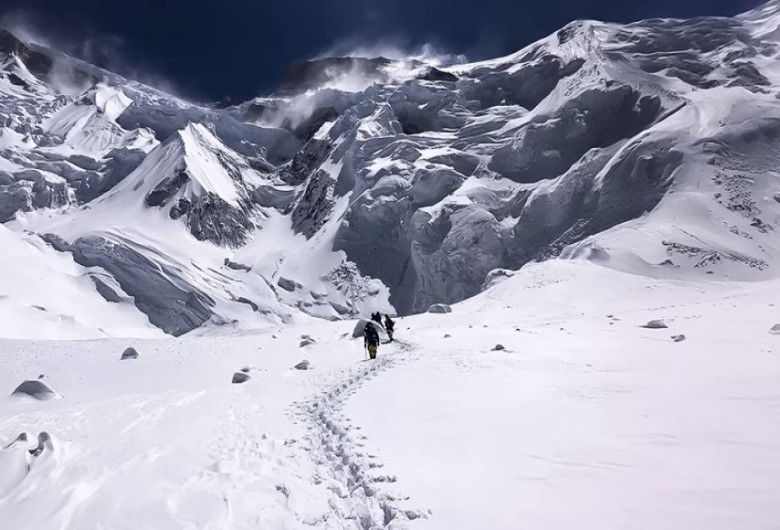
It’s this very duality that fuels the obsession—a seductive beauty veiling a treacherous reality. As they undergo training, climbers prepare for the physical toll, but the psychological weight cannot be overlooked. The echoes of the lost linger, and those ambitions ignite a struggle between living in the moment and recognizing the inevitable fate awaiting many, tightening the bonds between the living and the deceased forever entwined with the mountain.
The Ethical Dilemma
Faced with the question of body retrieval, ethical dilemmas abound. Should climbers be responsible for recovering the ghosts of their predecessors? The mountain stands as an eternal monument to ambition, leaving both echoes and burdens. Such decisions confront climbers on their journey, forcing them to consider the price of glory and adventure.
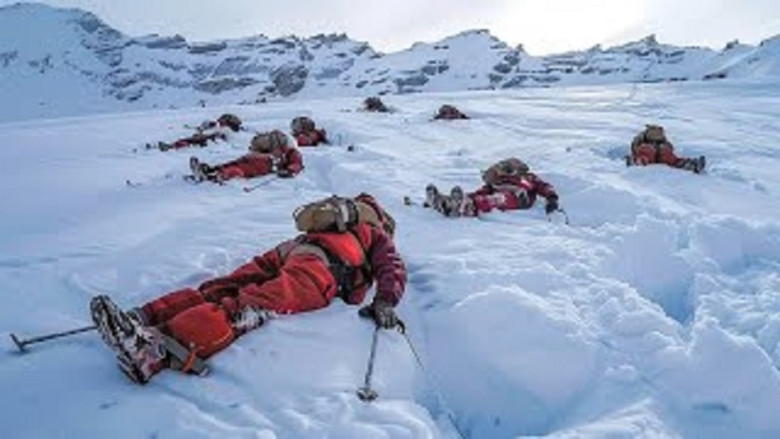
Companies may profit from retrieval missions, and the stark reality remains—those who perish become reminders of the mountain’s power. Sympathy extends not just to climbers battling for their lives but also to families mourning those lost. It creates a shared lane of unspoken connections. The death toll challenges the adventure, transcending wealth and desire. Each decision is shrouded in complexity, leaving a patchwork of moral inquiries entwined with the essence of Everest.
The Rescuers’ Struggle
Rescuers are often pulled into Everest’s depths, yet they too face the daunting reality of the mountain. While attempting to retrieve the lost, they grapple with fear and uncertainty, discovering that each mission could turn fatal in an instant. Climbers may see them as saviors, yet behind the scenes, they confront headwinds, altitude sickness, and excruciating decisions under immense pressure.
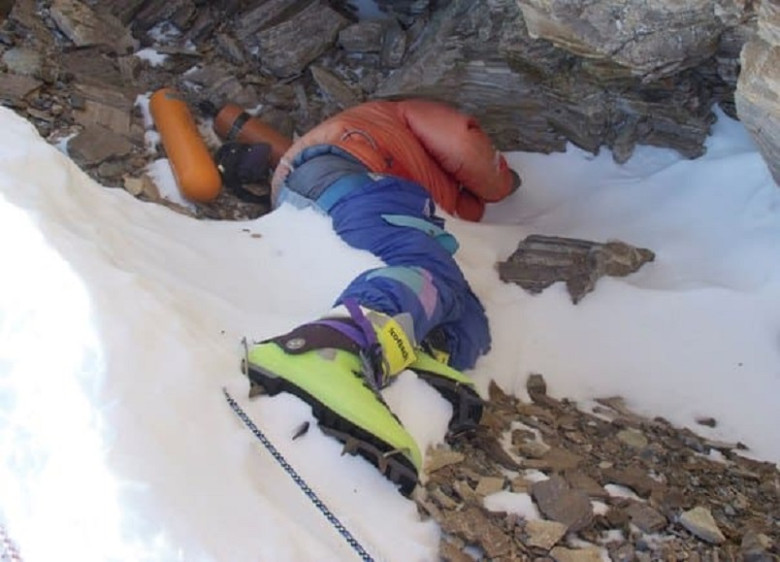
The somber truth emerges—bringing back the dead is a perilous undertaking that weighs heavily on the psyche. As skilled as they may be, rescuers are not immune to the mountain’s wrath. Conditions shift unpredictably, making every operation a game of survival. Their dedication embodies a blend of respect, bravery, and fear—a testament to humanity’s struggle against nature’s relentless grip.
The Reclamation of Humanity
In recent years, the Nepali government has initiated efforts to reclaim Everest from the relentless influence of tragedy. Body recoveries commenced in 2019, recognizing that neglected remains create a poignant awareness that endangers the mountain’s heart. While preservation of memories is underlying, reclaiming Everest aims to restore balance and respect.
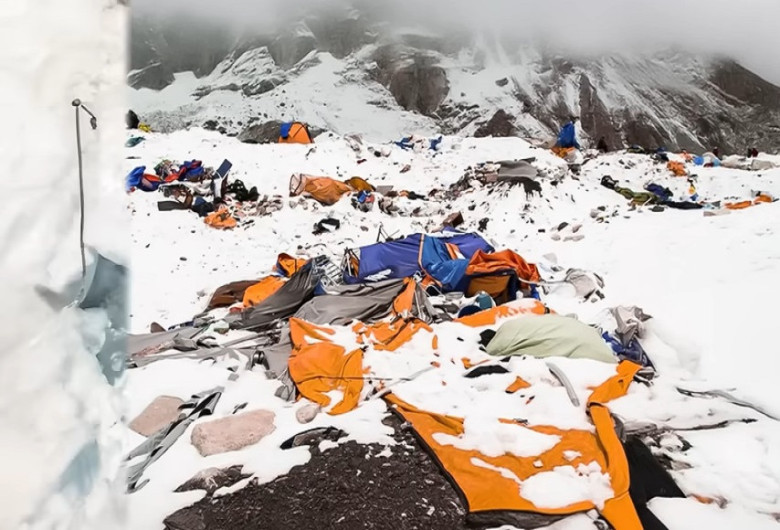
These missions involve teams risking their lives—returning the lost to their families while weaving threads of compassion through tragedy. Each recovery represents an act of humanity, serving as reminders of mortality. Yet, while showcasing the vulnerability of life, each mission also brings a sense of peace. It highlights both the need for adventure and the sanctity of those who once ventured forth, fusing together the lost dreams and desperate hope into an intricate tapestry.
Climate Change Realities
The threat of climate change adds a new layer of complexity to the struggles surrounding Everest. Melting ice reveals the hidden remnants of climbers lost to time, creating both a challenge and an ominous reminder of mortality. As temperatures rise, the secrets of Everest whisper louder, demanding attention while igniting fears about mounting disaster.

Among these truths lies a harsh reality: the bodies that once rested undisturbed are now visible and vulnerable. The mountain is shifting, and as the thaw unfolds, it unveils more than just physical remains—it reveals stories, dreams, and lost lives that walk alongside the living. Climbers must confront these changes—balancing the thrill of ambition with the pressing challenges of climate, asking questions about their place amid nature’s vastness and fragility.
The Burden of Experience
Every climber arrives with unique stories, ranging from seasoned veterans to enthusiastic beginners, yet overshadowing each experience is an implicit understanding of shared risks. The veterans navigate treacherous paths, sympathetic to the anguished tales of the lost yet driven by ambition. For newcomers, fear laces their resolve—a dissonance between excitement and distress, pulling them toward the edge of dreams while tethered to the reality of their predecessors.
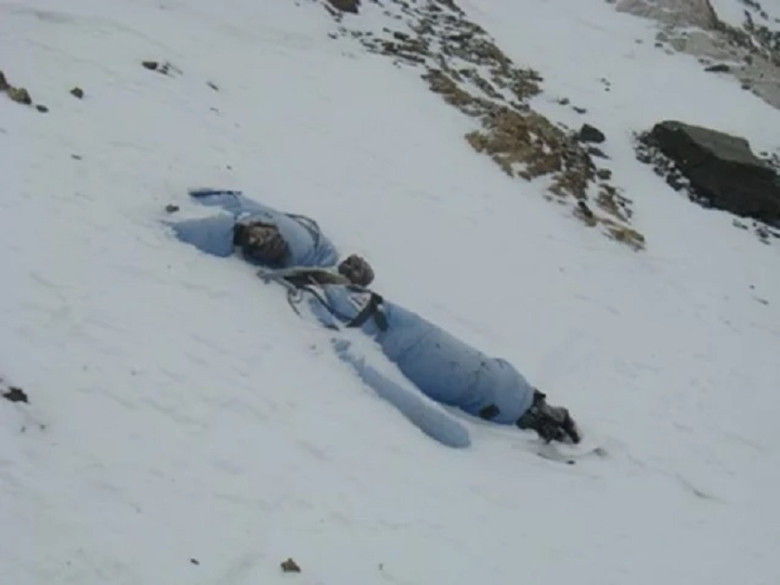
As hope and anxiety intertwine, they find themselves navigating the intricate web of human emotion. Will they be legends, or will their narratives fall alongside those written in the ice? This burden of experience shapes their climbs, layering ambition with a weight of responsibility toward honoring the past while striving for their future, reminded that with each ascent, echoes of the lost resonate.
The Uncharted Emotions
Climbers aiming for Everest’s summit often face uncharted emotional territory. Desire mingles with fear as aspirations soar, and climbers engage in an internal struggle influenced by external chaos. The moment they first lay eyes on the peak, exhilaration meets dread, blossoming into complex emotions that reflect their journey’s stakes.
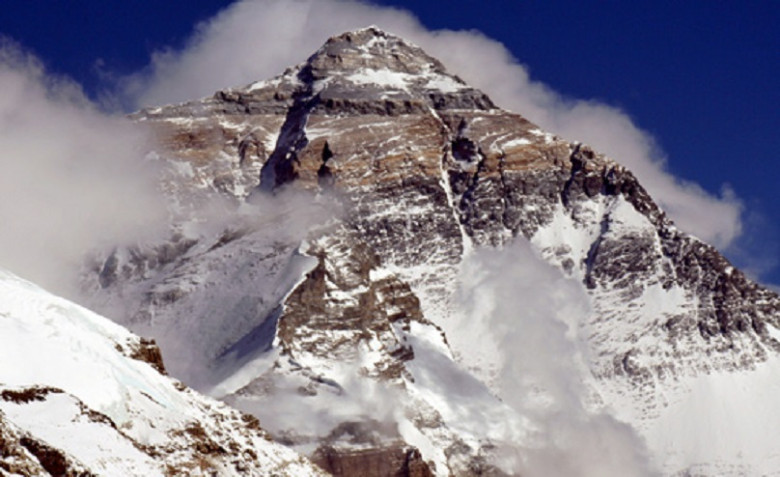
As they scale heights, personal motivations ignite reflections on life—each moment layered with purpose and fragility. New friendships are forged among shared struggles, intertwining destinies within a realm designed to break spirits. Climbers face the abiding question—what does it truly mean to summit while imprints of the lost cling to the fabric of their ambition? The journey becomes as much about individual narratives as honoring those who stood before.
The Climb of Conviction
Every ascent on Everest is a test of conviction—a balance between hope and despair that climbers must navigate. The thrill of reaching the summit becomes overshadowed by the knowledge of those who never returned. Each climber carries not just their burdens but echoes of the deceased, which challenge their resolve while they tread onward, driven by ambition.
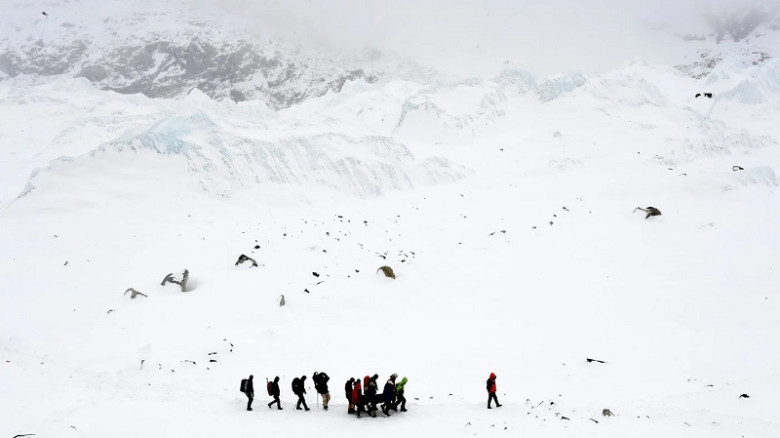
With every challenging step, climbers confront their motivations while wrestling with the sins of ambition and chance. The goal looms large—yet in the background sits the specter of mortality. It forces climbers to grapple with their conviction and aims. Will they hug the mountain’s allure or let the shadows of fate dictate their final stride? The line between triumph and tragedy becomes a pathway through the human experience in seeking greatness amid peril.
The Growing Toll
As Everest continues to beckon, the climb becomes a field of dreams marred by tragic realities. Each season sees the toll of exploration increase, revealing the frailty of human ambition against the mountain's power. With records being broken annually, fatalities become disturbingly commonplace—presenting an ongoing cycle of risk that appears unyielding.

In their quest to conquer Everest, climbers face the mounting tension of history. Will their legacy be immortalized among the greats or lead them to suffer the same fate as those who succumbed? Tragedy intertwines with ambition, creating an unsettling duality that shapes both individual journeys and collective memories. Every ascent has now become a reminder of those once lost, solidifying the notion that Everest's legacy is not solely about victories but also about the myriad stories that add depth to its heights.
The Illusion of Control
Adventure calls to Everest’s climbers—a compelling force intertwining ambition and allure, yet with every footstep lies the harsh realization of nature's unpredictable grasp. The illusion of control can tempt climbers into underestimating risks, as they plot their paths with calculated decisions. However, this illusion often shattered by unforeseen weather patterns, hidden avalanches, or even their own limitations.
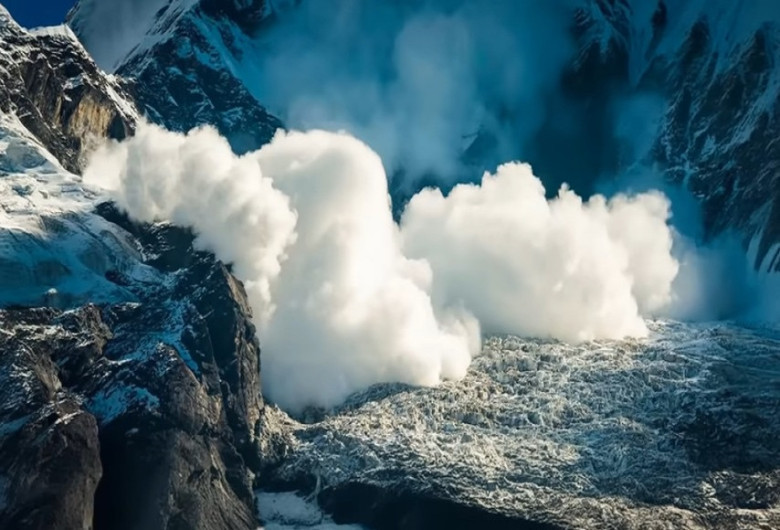
As they forge ahead, the mountain reveals its whims, reminding climbers that beneath their aspirations lies an earth riddled with complexity. Each misstep could become fatal, underscoring humility within their desires. Their romantic notions of conquest collide with raw power, challenging them to confront the fragile balance between ambition and surrender, presenting moments of clarity amid a strict reality.
Evolution of the Peak
In the aftermath of countless stories written across its slopes, Everest evolves, becoming both a historical testament and a living being. Human interaction modifies its landscape, encumbered by heights that echo with laughter and despair. The juxtaposition of human life against nature’s grandeur highlights the delicate threads binding all beings who venture forth.
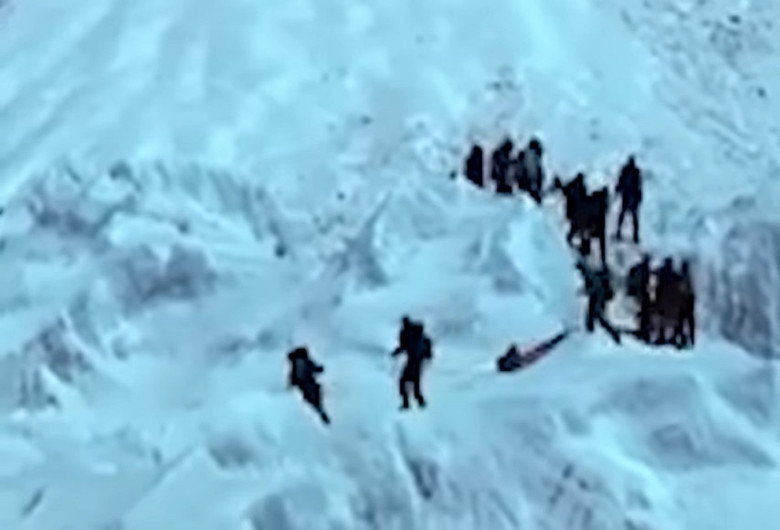
Climbers are reminded that nature’s unforgiving embrace can swallow their souls, yet each season witnesses the renewal of energy. Enthusiasts revisit the mountain for various reasons—courage, legacy, or connection with the past. Each lead climber is supported by footprints etched into the earth, dreamers who wrote songs while confronting fate. Everest represents a canvas, forever adapting as the stories—both fading and new—infuse its fabric with personal legends that intermingle both life and death.
The Fragile Ecosystem
As the allure of Everest grows, climbers unknowingly contribute to a fragile ecosystem on the peak, tangled with human waste and the remnants of human ambition. The visual reminders of mortality linger while the need for preservation becomes increasingly urgent. Nature backfires; the vast expanse of Earth exhibits signs of distress, sending ripples of concern through communities and organizations alike.
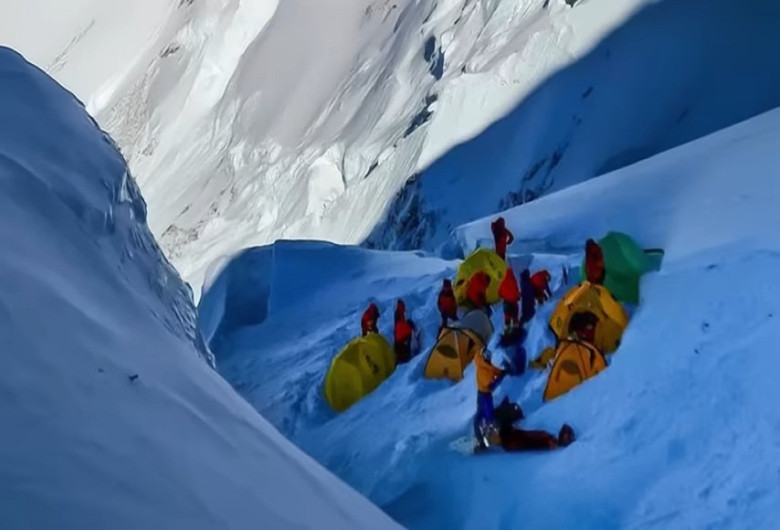
Climbers find themselves caught in a web of contradiction—struggling to respect the mountain while pursuing their dreams. Each summit achieved presents a fleeting moment of exhilaration, yet must now be accompanied by awareness of sustainability and the delicate balance of Everest’s world—a new responsibility that intertwines their climb with the spirit of conservation.
The Connection to Life
The trek up Everest represents more than a mere climb; it mingles with a connection to life itself. Each climber encounters the uncharted wilderness, where dreams clash with fate, creating a profound relationship with nature. As they ascend, they become part of something greater—intertwined with a tapestry woven from stories of loss and resilience.
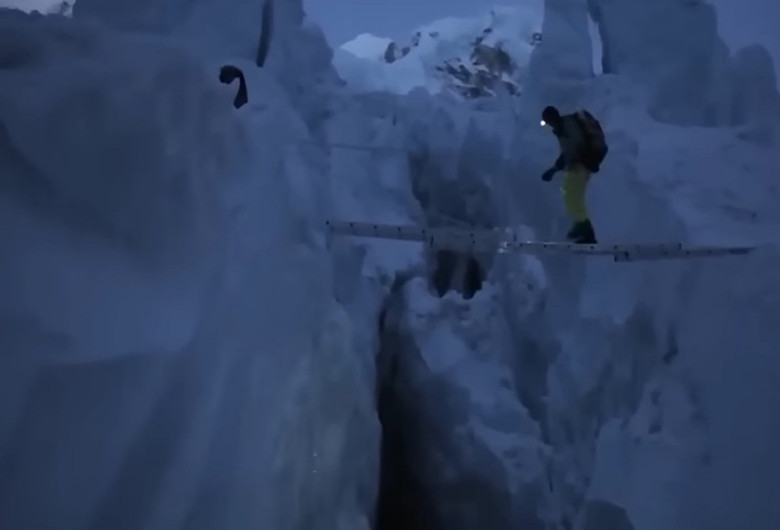
The beauty of Everest lies in its ability to unify; climbers share the poignant awareness that their journeys transcend the physical act. An acknowledgment of mortality cements bonds—through triumphs and losses, they uplift one another's spirits. Each moment shared becomes a testament to humanity, amplifying the inherent value of connections forged amid peril, promising to grace them with insights that are richer than the view from the summit itself.
Embracing the Cycle
Life on Everest embodies a cycle—climbers tread the same paths once walked by the lost, creating a seamless bond between the living and the dead. Through the haze of ambition, every climber steps into a reality that merges risk and spirituality. As they navigate the height of human resilience, they ultimately embrace the intertwined nature of life and death.
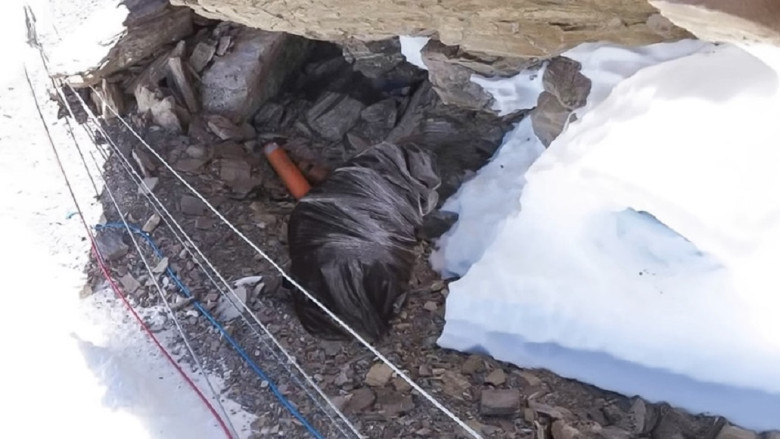
This cyclical experience presents anew each year, igniting a deeper appreciation for shared dreams and sacrifices. Climbing Everest transforms into a rite of passage, an acknowledgement of those who have come before while serving as a solemn reminder of the resilience needed to ascend. The mountain stands as a witness—its slopes cradle the spirits of those reaching for the sky.
The Power of Reflection
As climbers traverse Everest, moments of reflection become moments of profound clarity. Pausing amidst the climb ignites introspection; the fleeting nature of life seeps into their consciousness, mingling with the surrounding environment. With each breath taken at perilous heights, the weight of ambition intertwines with gratitude for the moment.
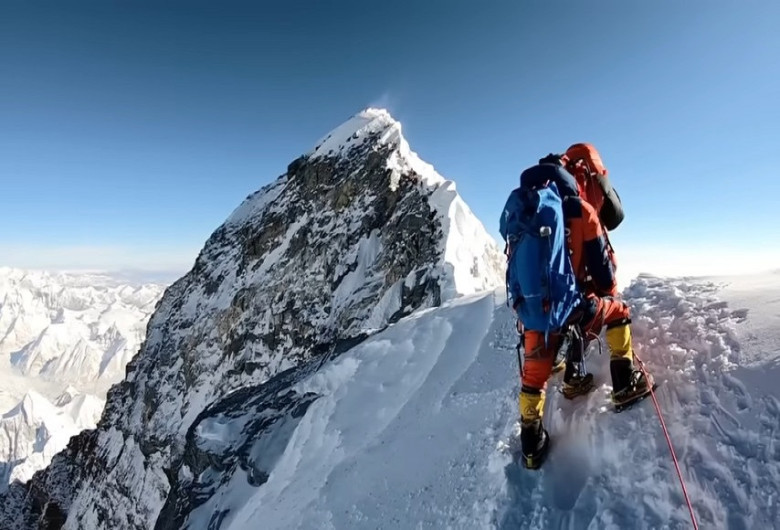
In this sacred space, climbers uncover connections amongst themselves and the echoes of the past, transforming fear into understanding. They become steeped in compassion—not only for themselves but also for those who remain intertwined in Everest’s legend. It’s in these moments that climbers can crystallize their motivations, appreciating the beauty of shared vulnerability that not only heightens the sense of adventure but reinforces their humanity.
The Summit of Contemplation
When climbers reach the summit, they stand at the precipice not simply of the world, but also of life itself—a metaphoric zenith where the spirit meets reality. It becomes a moment suspended in time, one where every aspiration, fear, and dream converge, offering an intense introspection that echoes across the very fabric of Everest.
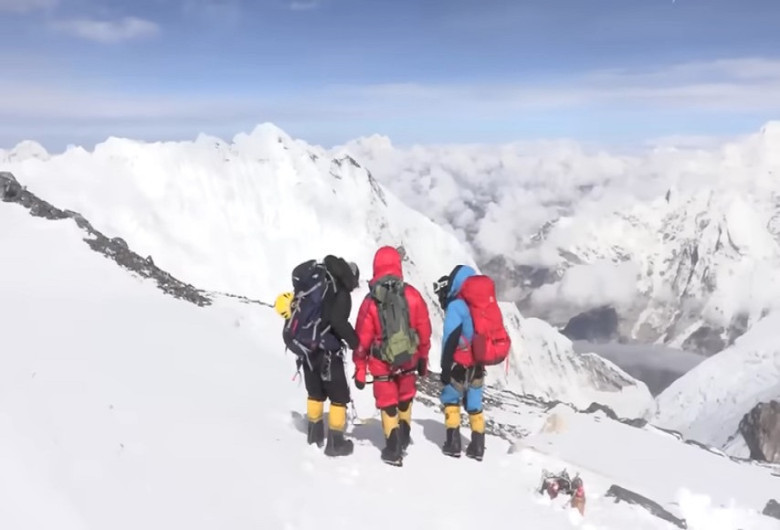
Despite the breathtaking views, climbers often find themselves grappling with questions of legacy. Will their ascent elevate them to immortality or lead to contemplation of those who have come before? This duality characterizes their summit experience, blessing them with insight while simultaneously confronting the truth of ambition within the vast realm of nature’s indifference. As they soak in the sensations, each climber wrestles with meaning amid silence echoing through the peaks.
Honoring the Fallen
Amid the thrill of accomplishment lies a solemn obligation—an unbreakable bond that links the living with those lost upon Everest's slopes. Climbers understand that their journeys are imbued with stories—a blend of ambition, loss, and remembrance that further enriches their pursuit. While conquering the heights is an admirable feat, it becomes crucial to acknowledge the names that have faded yet remain eternally tied to the mountain.
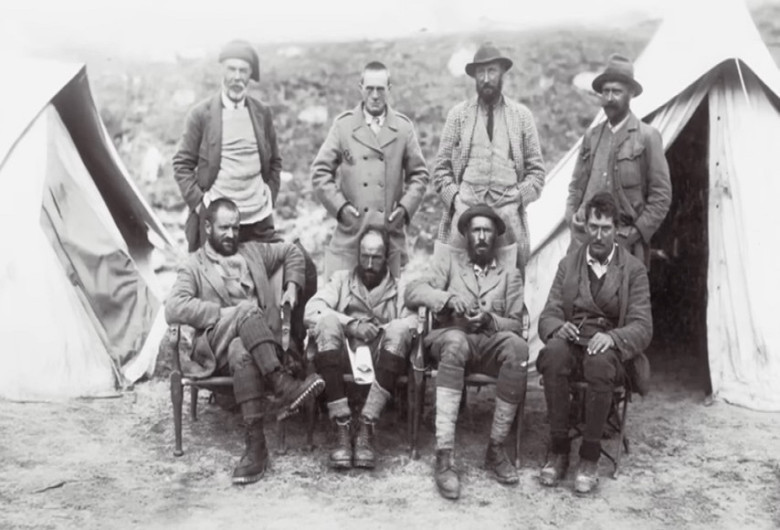
In honoring the fallen, climbers find purpose in sharing stories that transcend time. They raise awareness to the hardships endured and set mindfulness within their ascension. With each name passed along, the collective narrative grows richer—testifying to those whose dreams flickered out by environmental whims. It is within this reverence that humanity reclaims its essence and finds solace in the aching bond.
A Legacy in Process
As Everest continues to shape its legacy, climbers entwine their aspirations and struggles into this ongoing tapestry. The mountain transforms into a reflection of humanity itself—marking the intersection of adventure and mortality in every climber's journey. The stories interweave, creating a narrative of inspiration, trepidation, and commitment that extends beyond individual desires.
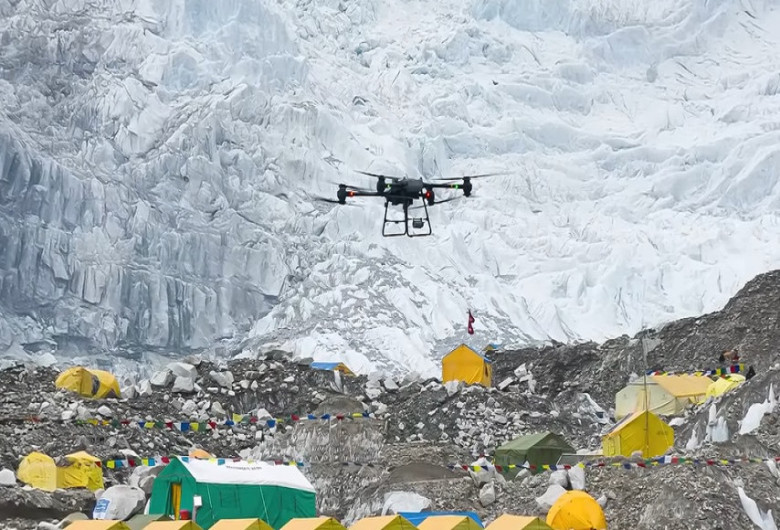
This process of legacy creation fuels a deeper appreciation for both the adventure and respect required for the mountain. Each expedition uplifts stories from years past, intertwining with the ambition of the present, planting seeds for future climbers to flourish. Every ascent and descent shapes Everest’s enduring identity, granting significance to aspirations weaved together under a magnificent, perilous sky.
A New Dawn
As the sun rises over Everest, filtering through layers of clouds and ice, a new day symbolizes endless possibilities and the essence of resilience. Climbers prepare for their next ventures, now equipped with an understanding drawn from the struggles, losses, and triumphs of the past—embracing a renewed purpose alongside the poignant reminders of those once lost.
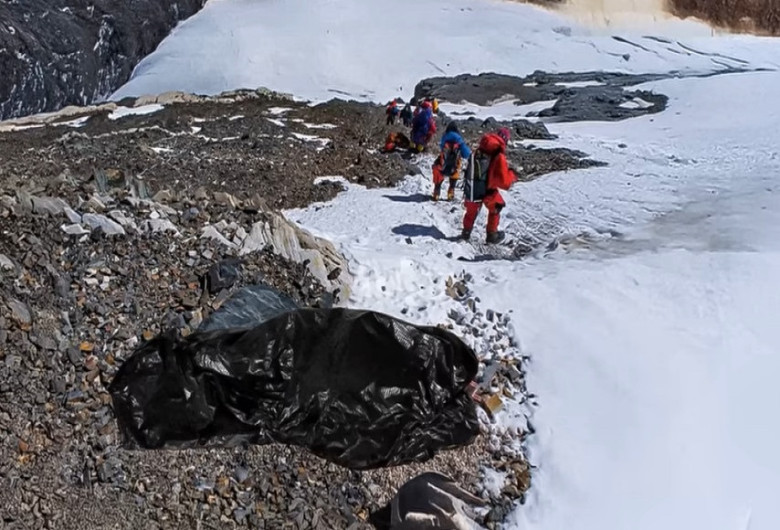
In this perpetual dance of humanity and nature, every climber carries a piece of history within their hearts, where dreams and memories coexist. As they ascend into the unknown, it becomes more than simply scaling heights; it transforms into a pledge—a continuous evolution that honors those who stood before. The enduring spirit of Everest pulses, living in every climber's heartbeat, whispering to them that no matter the fate, they are forever intertwined with there.
This story is crafted to evoke a depth of human emotion, capturing the thrill, fear, and respect inherent in Everest’s legacy, while remaining humane and relatable.
















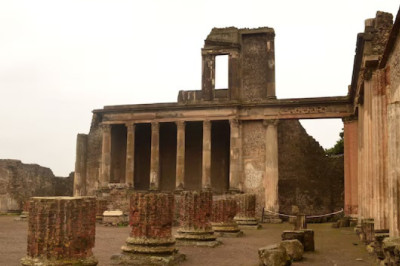



Comments
0 comment